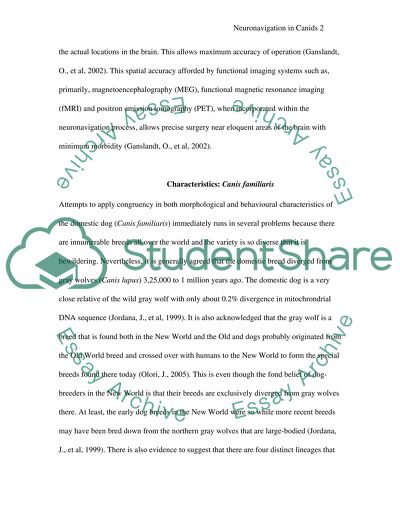Cite this document
(“Use of Landmarks in Skull of Dog (Canis familiaris) for Article”, n.d.)
Use of Landmarks in Skull of Dog (Canis familiaris) for Article. Retrieved from https://studentshare.org/miscellaneous/1513186-use-of-landmarks-in-skull-of-dog-canis-familiaris-for-neuronavigation
Use of Landmarks in Skull of Dog (Canis familiaris) for Article. Retrieved from https://studentshare.org/miscellaneous/1513186-use-of-landmarks-in-skull-of-dog-canis-familiaris-for-neuronavigation
(Use of Landmarks in Skull of Dog (Canis Familiaris) for Article)
Use of Landmarks in Skull of Dog (Canis Familiaris) for Article. https://studentshare.org/miscellaneous/1513186-use-of-landmarks-in-skull-of-dog-canis-familiaris-for-neuronavigation.
Use of Landmarks in Skull of Dog (Canis Familiaris) for Article. https://studentshare.org/miscellaneous/1513186-use-of-landmarks-in-skull-of-dog-canis-familiaris-for-neuronavigation.
“Use of Landmarks in Skull of Dog (Canis Familiaris) for Article”, n.d. https://studentshare.org/miscellaneous/1513186-use-of-landmarks-in-skull-of-dog-canis-familiaris-for-neuronavigation.


